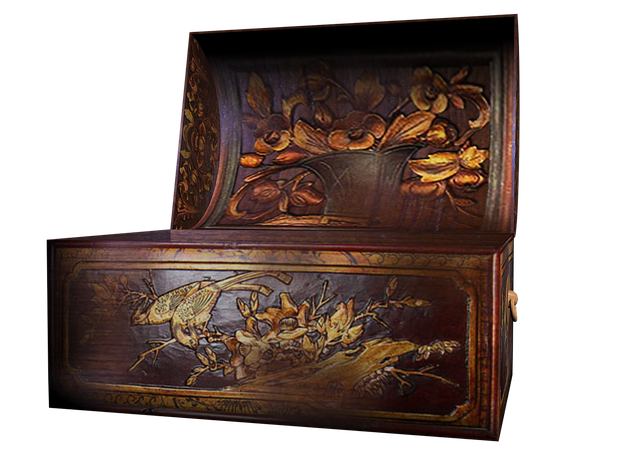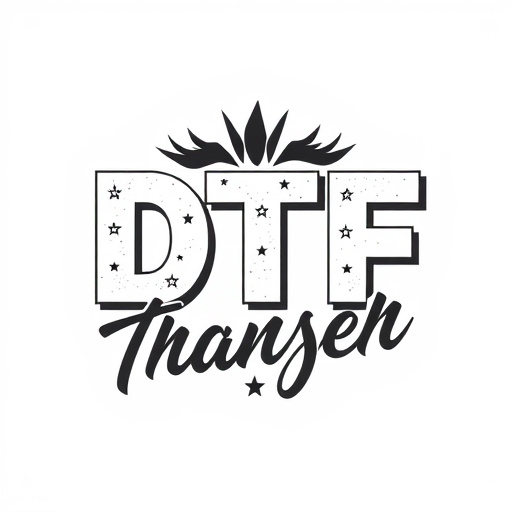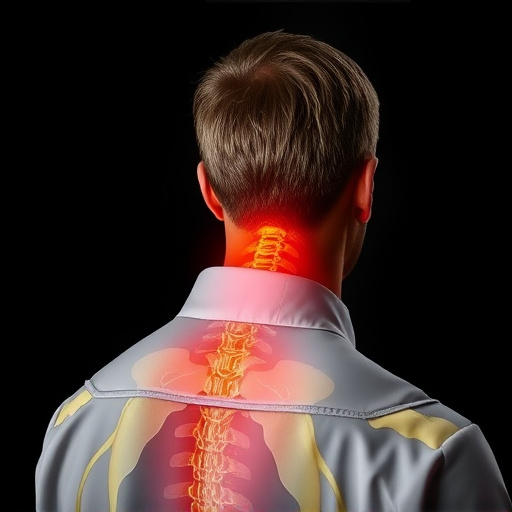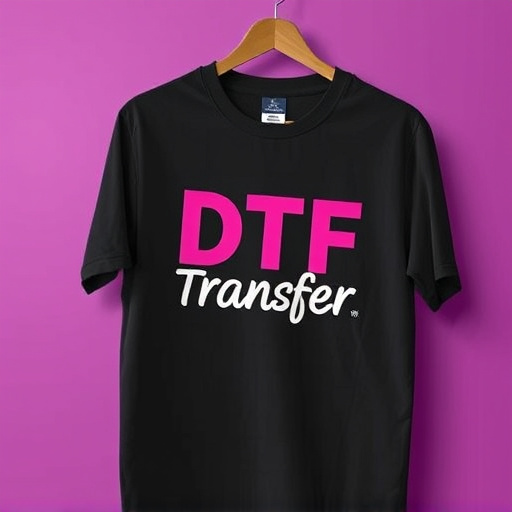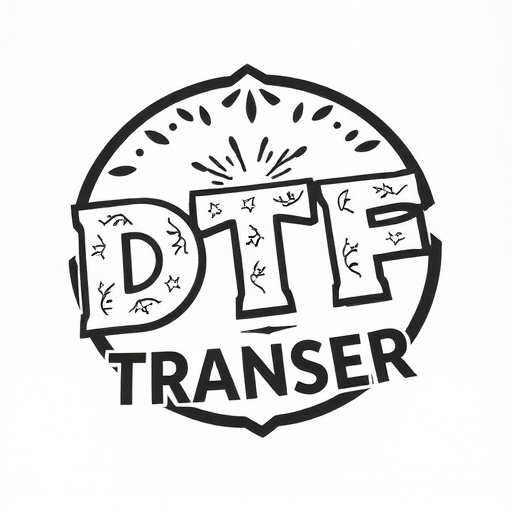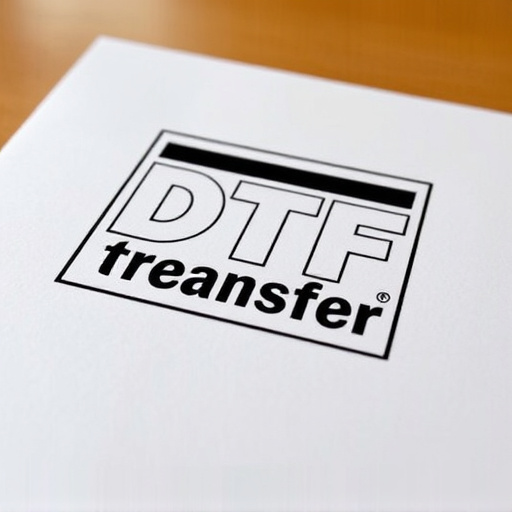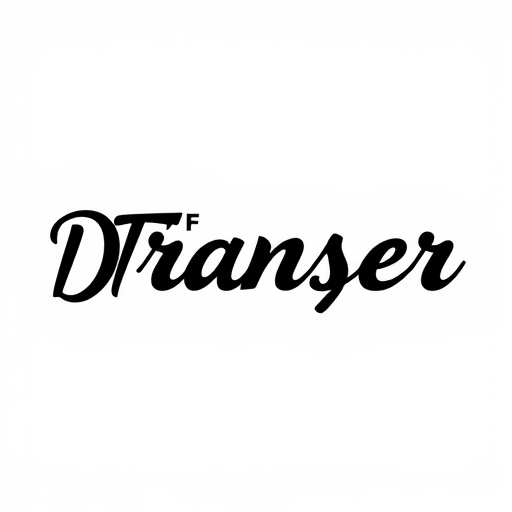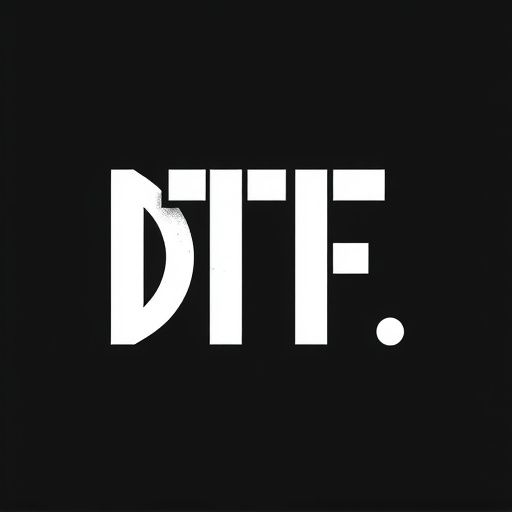The Direct-To-Fabric (DTF) transfer technology is revolutionizing textile printing, offering an efficient process for applying designs directly to polyester fabrics for both small and large production runs. Using special heat-pressed inks, DTF creates long-lasting, vibrant prints that resist wear and tear. Its versatility has made it popular across various applications, from apparel to home décor, where durability and aesthetic appeal are key. DTF transfers ensure exceptional color accuracy, customization flexibility, and high-quality results, making them the preferred choice for businesses seeking superior fabric printing performance on polyester surfaces. Future trends include advanced transfer films, new ink formulations for high-speed printing, AI-driven design tools, and smart printing systems, positioning DTF as a leading method for creating custom apparel and fabric products.
Discover the revolutionary power of DTF (Direct to Fabric) transfer technology in transforming polyester fabrics. This innovative process, designed specifically for durable fabric printing, offers unparalleled advantages. From enhanced adhesion to superior print quality, DTF ensures vibrant, long-lasting designs on a variety of garments. Explore the intricate printing process, its real-world applications, and key considerations for ensuring durability. Uncover future trends in DTF printing, shaping the garment industry with cutting-edge aesthetics and unyielding longevity.
- Understanding DTF Transfer Technology
- Advantages of Using DTF for Polyester Fabrics
- The Printing Process: Adherence and Quality
- Applications in the Garment Industry
- Considerations for Long-Lasting Durability
- Future Trends and Innovations in DTF Printing
Understanding DTF Transfer Technology

The Direct-To-Fabric (DTF) transfer technology is a game-changer in the textile printing industry, offering a seamless and efficient process for applying designs directly onto polyester fabrics. Unlike traditional methods that often involve multiple steps and materials, DTF transfers streamline the process, making it an attractive option for both small-scale and large-scale production runs. This innovative technique uses special inks that are heat-pressed onto the fabric, creating long-lasting, vibrant prints that withstand wear and tear.
DTF Transfer technology has gained significant traction due to its versatility and ability to produce high-quality results. By adhering precisely to polyester fabrics, these transfers ensure that designs maintain their crispness and color fidelity even after repeated washings. This makes them ideal for a wide range of applications, from apparel and accessories to home décor items, where durability and aesthetic appeal are paramount.
Advantages of Using DTF for Polyester Fabrics

Using Direct-to-Fabric (DTF) transfers for polyester fabrics offers numerous advantages, making it a popular choice in the textile industry. One of its key benefits is the ability to achieve vibrant and long-lasting prints on various types of polyester materials, from clothing to home textiles. DTF technology eliminates the need for intermediate steps like printing on paper or vinyl, streamlining the production process and reducing potential errors.
Furthermore, DTF transfers provide exceptional color accuracy and a wide range of color options, ensuring that designs maintain their richness and detail when applied to polyester fabrics. This method also allows for more flexibility in terms of design customization, enabling brands to quickly adapt to changing trends and market demands. With its efficiency, cost-effectiveness, and superior print quality, DTF transfers have become a go-to solution for businesses seeking high-performance fabric printing on polyester surfaces.
The Printing Process: Adherence and Quality

The process of applying film transfers to polyester fabrics, specifically using Direct-to-Fabric (DTF) transfer techniques, involves a meticulous approach to ensure optimal adherence and superior print quality. This modern method has revolutionized the way custom designs are transferred onto various materials, offering an array of benefits over traditional methods. During the DTF transfer process, ink is directly printed onto the polyester fabric using specialized equipment. The key to successful adhesion lies in the preparation of the fabric surface, ensuring it’s clean, dry, and free from contaminants.
The quality of the final print heavily relies on precise temperature and pressure control during the heat press stage. This step permanently bonds the ink to the fabric fibers, creating a vibrant, long-lasting design. Advanced DTF techniques enable the reproduction of intricate details, bold colors, and crisp lines, making it an excellent choice for a wide range of applications, from apparel to home décor items.
Applications in the Garment Industry

The Direct to Fabric (DTF) transfer technology, particularly those formulated for polyester fabrics, has revolutionized the garment industry. This innovative process allows for the precise application of designs and graphics directly onto textiles, opening up a world of creative possibilities for designers and manufacturers. DTF transfers offer an efficient and cost-effective solution for producing custom apparel, from personalized t-shirts to high-end fashion pieces.
With its ability to produce vibrant, long-lasting prints on polyester, DTF technology has become a game-changer in the garment sector. The applications are vast: from creating unique, limited-edition collections to fulfilling bulk orders with intricate designs. This method ensures that each piece of clothing can be tailored to individual preferences, making it an attractive option for both small businesses and major fashion brands looking to stay ahead in the market.
Considerations for Long-Lasting Durability

When creating film transfers designed for polyester fabrics, longevity and durability are paramount. To ensure a DTF (Direct to Fabric) transfer stands the test of time, several key considerations come into play. Firstly, the choice of materials is crucial; high-quality inks and adhesives specifically formulated for polyester are essential to prevent fading or delamination over extended periods.
Additionally, proper preparation of the fabric surface is vital. This includes cleaning the polyester to remove any contaminants that could hinder adhesion and ensuring a smooth finish. The printing process itself should employ precise techniques to maintain consistent ink application and cure the transfer accurately, preventing potential issues like smudging or irregularity. These measures collectively contribute to creating DTF transfers that remain vibrant and secure for years on various polyester-based materials.
Future Trends and Innovations in DTF Printing

The future of direct-to-fabric (DTF) printing looks promising, with continuous innovations aimed at enhancing quality and efficiency. One emerging trend is the development of more advanced DTF transfer films that offer improved adhesion to a wider range of polyester fabrics, including those with complex textures. Researchers are exploring new formulations that can withstand higher print speeds without compromising on image clarity and color vibrancy.
Additionally, the integration of digital technologies, such as AI-driven design tools and smart printing systems, is set to revolutionize DTF printing. These innovations promise to streamline the production process, allowing for faster turnaround times and more personalized designs. With these advancements, DTF printing is poised to become a preferred method for creating high-quality custom apparel and other fabric products in various industries, from fashion to signage.
